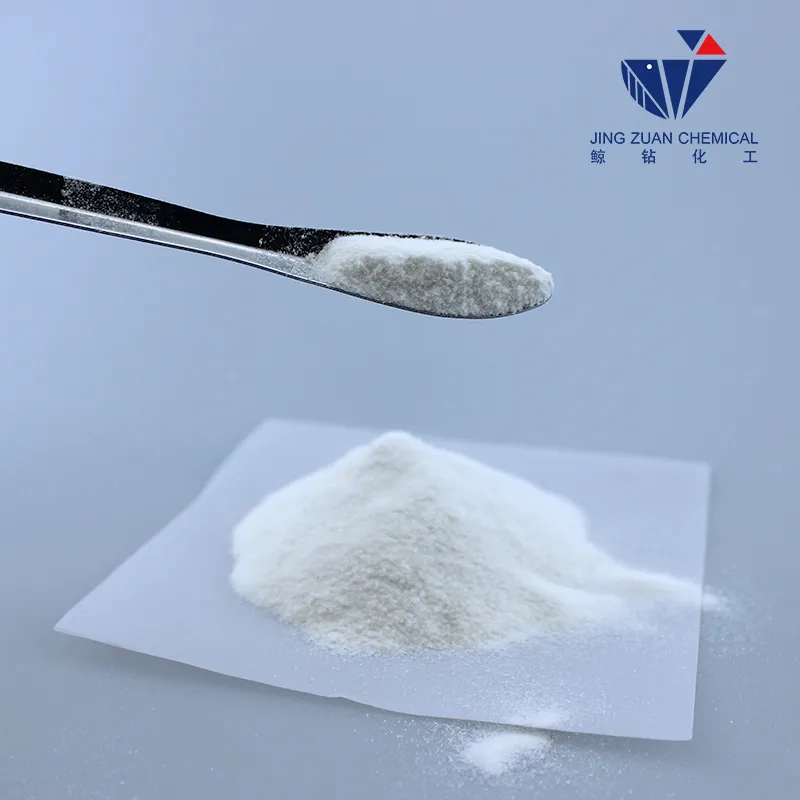
Dec . 05, 2024 05:27 Back to list
Understanding the Composition and Ingredients of HPMC in Various Applications
What is HPMC Made From?
Hydroxypropyl methylcellulose (HPMC) is a versatile and widely used cellulose ether derived from natural cellulose. It serves a variety of applications across different industries, including pharmaceuticals, food, cosmetics, and construction. Understanding what HPMC is made from not only provides insight into its properties and applications but also highlights the sustainable nature of its production.
Origins and Composition
HPMC is synthesized from cellulose, which is the primary structural component of plant cell walls. Cellulose itself is a polysaccharide, meaning it consists of long chains of glucose units. However, to create HPMC, the cellulose must undergo a series of chemical modifications. These modifications involve the etherification process, where cellulose fibers are treated with propylene oxide and methyl chloride. This treatment introduces hydroxypropyl (–OCH2CHOH) and methyl (–OCH3) groups into the cellulose molecule, leading to a compound that exhibits unique characteristics compared to its unmodified precursor.
Production Process
The production of HPMC involves a few key steps
1. Cellulose Extraction The process begins with the extraction of cellulose from raw plant materials, such as wood pulp, cotton, or other cellulose-rich sources. The raw cellulose is often purified to remove lignin, hemicellulose, and other impurities.
2. Etherification Reaction The purified cellulose is then subjected to etherification, where it is treated with a mixture of propylene oxide and methyl chloride under controlled conditions. This step is crucial, as it alters the chemical structure of cellulose by attaching hydroxypropyl and methyl functional groups.
3. Purification After the etherification reaction, the resulting HPMC undergoes purification to remove any unreacted materials and byproducts. This may involve washing the product with solvents and drying it to achieve the desired consistency and purity.
4. Formulation Finally, the HPMC can be formulated into various grades and viscosities depending on its intended application. This versatility allows for a range of HPMC products, each tailored to specific industrial or medicinal needs.
Properties of HPMC
what is hpmc made from

One of the primary reasons HPMC is utilized in so many applications is its unique properties. HPMC is a non-ionic polymer, which means it does not carry any electrical charge. This property makes it compatible with a wide variety of other compounds, enhancing its usability across different formulations. HPMC is soluble in both hot and cold water, forming a viscous solution that can act as a thickening agent, emulsifier, or adhesive.
Additionally, HPMC is known for its water-retaining properties, making it suitable for use in construction materials to improve workability and adhesion. In pharmaceuticals, HPMC serves as a binder in tablet formulations and as a controlled-release agent. In the food industry, it can act as a stabilizer, thickener, or fat replacer.
Applications
The versatility of HPMC makes it ideal for numerous applications. In the pharmaceutical sector, HPMC is commonly used in drug formulations, both for tablets and for gel capsules. Its ability to form a gel and control drug release makes it valuable in developing sustained-release medications.
In the food industry, HPMC is often used as a food additive, particularly in gluten-free products, where it helps mimic the texture and elasticity typically provided by gluten. In personal care products, it can be found in lotions, creams, and shampoos, where it functions as a thickening agent and stabilizer.
In the construction field, HPMC is a key ingredient in cement-based formulations, such as tile adhesives and joint compounds, improving workability and water retention.
Sustainability Considerations
HPMC is considered a sustainable product because it is derived from renewable resources – plant materials. As environmental concerns continue to rise, the demand for bio-based and biodegradable products like HPMC is increasing. Manufacturers are continually seeking ways to improve the sustainability of their production processes, focusing on reducing waste, energy consumption, and the carbon footprint associated with HPMC production.
Conclusion
HPMC is a remarkable derivative of cellulose, born from a complex synthesis process that transforms natural plant materials into an incredibly versatile and functional compound. Its wide range of applications across various industries underscores the importance of understanding what HPMC is made from and how it can contribute to various products while aligning with sustainable practices. As industries evolve and the demand for eco-friendly solutions grows, HPMC's role is likely to expand, further solidifying its significance in the market.
-
Versatile Hpmc Uses in Different Industries
NewsJun.19,2025
-
Redispersible Powder's Role in Enhancing Durability of Construction Products
NewsJun.19,2025
-
Hydroxyethyl Cellulose Applications Driving Green Industrial Processes
NewsJun.19,2025
-
Exploring Different Redispersible Polymer Powder
NewsJun.19,2025
-
Choosing the Right Mortar Bonding Agent
NewsJun.19,2025
-
Applications and Significance of China Hpmc in Modern Industries
NewsJun.19,2025







